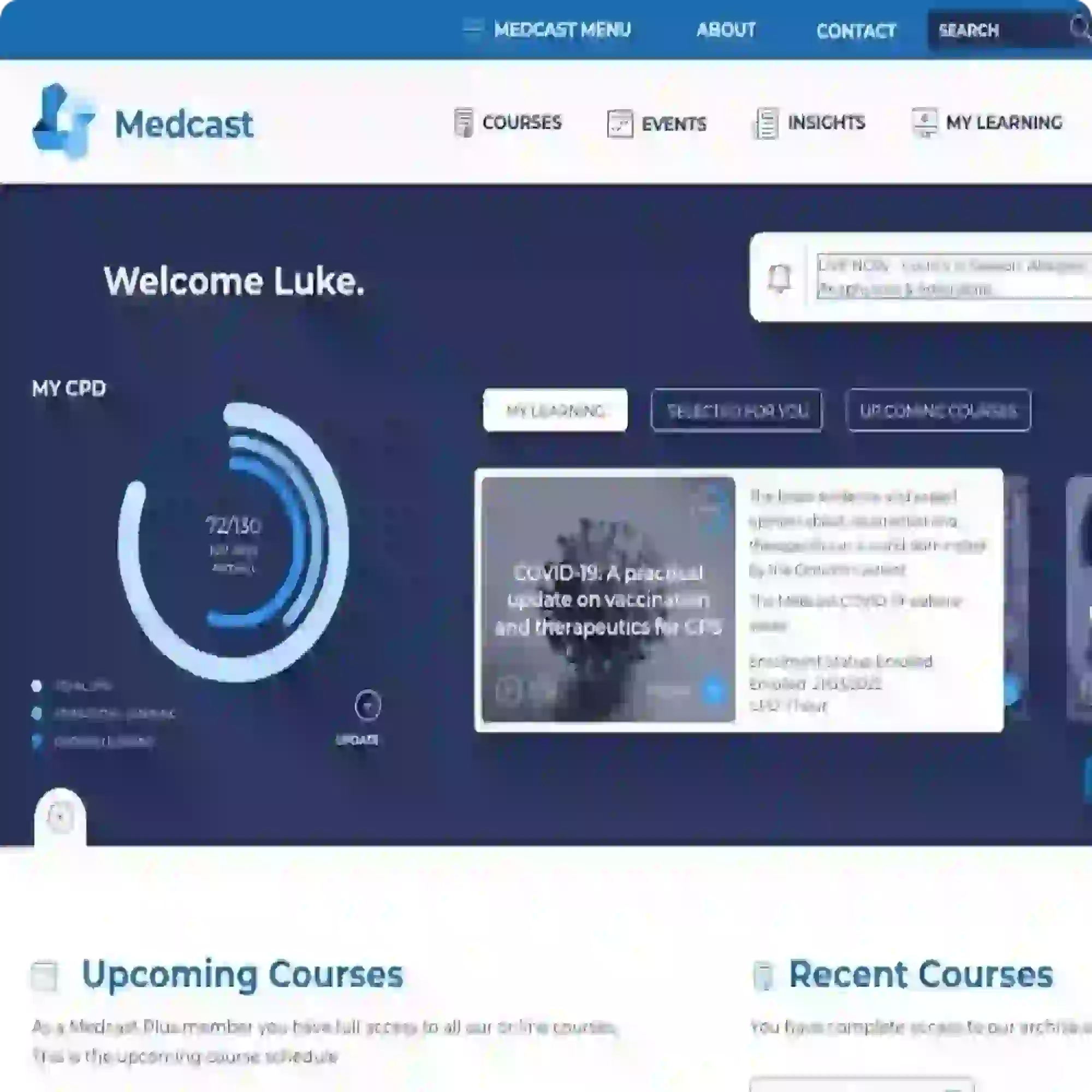Lung cancer: screening, diagnosis, and investigation - clinical fact sheet and MCQ
Overview
Lung cancer remains the leading cause of cancer-related mortality in Australia. Early detection significantly improves outcomes. Despite advancements in therapy, prognosis is strongly linked to stage at diagnosis—5-year survival is 68% for stage 1 disease, but just 3% at stage 4. However, symptoms are often non-specific, which can delay recognition and referral. Primary care clinicians are critical in initiating timely investigation and referral, especially given that many patients have multiple GP consultations prior to diagnosis.
Up to 10% of males and 35% of females diagnosed with lung cancer have never smoked, so it is vital to consider the diagnosis of lung cancer in non -smokers..
In July 2025, the new National lung cancer screening program commences, including new Medicare items and reporting requirements.
Lung cancer screening in primary practice
Lorem ipsum dolor sit amet, consectetur adipiscing elit. Maecenas eu odio in nibh placerat tempor ac vel mauris. Nunc efficitur sapien at nisl semper dapibus. Nullam tempor eros sed dui aliquam lacinia. Nunc feugiat facilisis ex.
Vestibulum ante ipsum primis in faucibus orci luctus et ultrices posuere cubilia curae; Maecenas mauris nibh, tempus sit amet erat vel, pellentesque maximus ipsum. Suspendisse dui nunc, porta ac ultricies id, sodales eu ante.
The Medcast medical education team is a group of highly experienced, practicing GPs, health professionals and medical writers.
Become a member and get unlimited access to 100s of hours of premium education.
Learn moreThe Coordinated Veterans’ Care (CVC) Program is a DVA initiative that allows GPs to provide structured, proactive care in the community for eligible veterans and war widows. This FastTrack provides a guide to billing the CVC program, and outlines a strategy for its practice-wide integration.
Achilles tendinopathy is a common cause of posterior heel pain and functional impairment. GPs are well-placed to coordinate care for these patients. This FastTrack fact sheet provides a concise summary of diagnosis and non-surgical management, including when to refer. Earn 30mins each RP and EA CPD with the quiz.
Over 3% of GP consultations in Australia involve skin lesions, yet many practices are billing these procedures incorrectly, putting themselves at risk of noncompliance or missing out on legitimate remuneration. This Business skills FastTrack explains the MBS item numbers pertaining to skin lesions for GPs, including eligibility criteria and practical tips.

